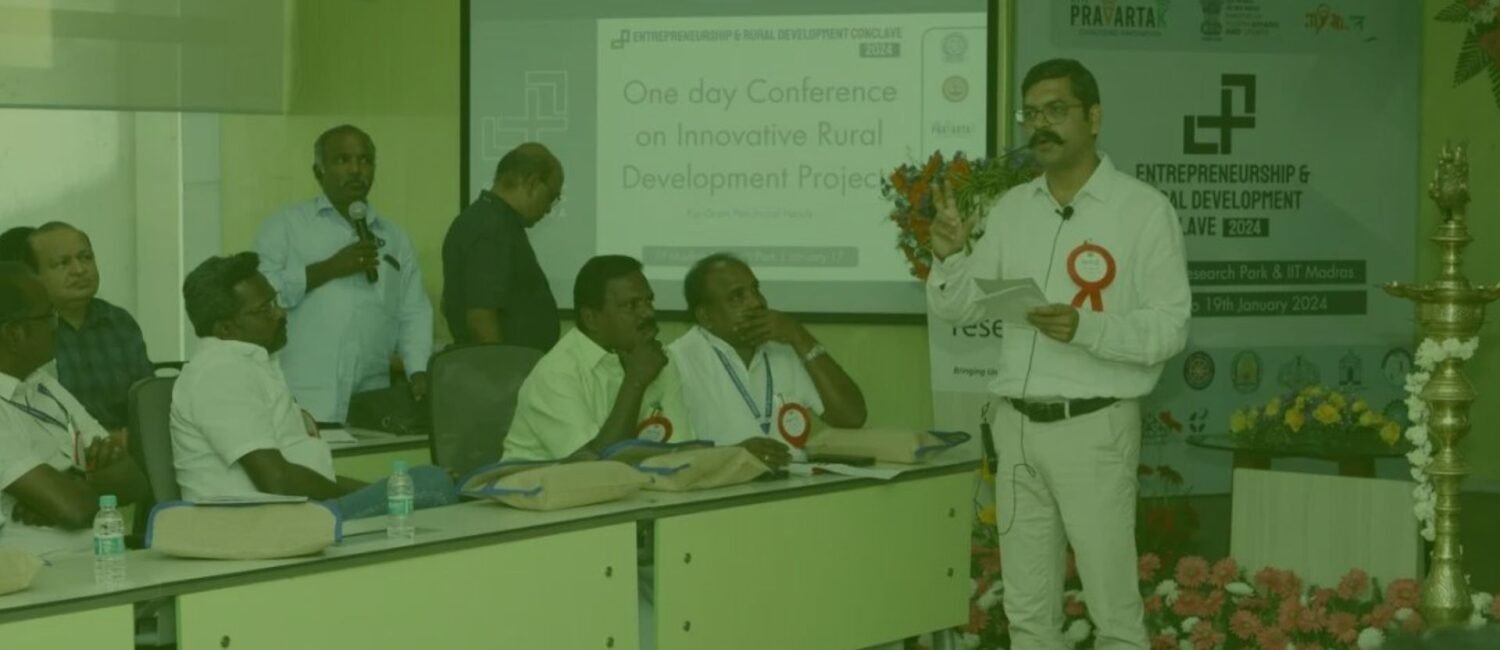BJP won just 165 seats out of 398 rural seats in Lok Sabha elections 2024 as compared to 236 seats in 2019. A quick analysis of constituency wise gains and losses leads us to some insights. Despite gaining 8 more seats in urban areas, the party tally dropped from 303 to 240 seats. There has been a staggering loss of 71 seats in rural India. The overall vote share of BJP has increased in urban areas and dropped in semi urban and rural areas. Further analysis tells that BJP lost 92 seats from the tally of 303 seats in 2019 and gained 29 new seats in 2024. The loss mostly attributes to rural seats and gain to urban seats. Let’s look closely at Uttar Pradesh, Congress has won Saharanpur and Prayagraj and SP has won Muzaffarnagar and Moradabad while BJP has won all the urban constituencies.
But what led to rural India, where a majority of India lives, voting against the BJP?
This setback in rural India highlights the growing disillusionment among rural voters towards the government’s failure to address their core needs for foundational infrastructure, basic amenities, and earning opportunities.
For years, political parties across the spectrum have paid lip service to rural development ahead of elections. Their manifestos are replete with lofty promises and new welfare schemes aimed at wooing the rural electorate. BJP was giving 5 KG free ration. Congress promised a 10 Kg free ration. It is extremely easy to just increase the welfare amount of existing schemes or introduce blanket money to women and unemployed youth. The budget required to fulfill total welfare promises of Congress was more than the total budget of India. Hence, once in power, the focus invariably shifts to partially fulfilling promises. The partial fulfillment also massively compromises expenditure on basic amenities, earning opportunities and foundation infrastructure. Short-term doles and subsidies take over long-term, sustainable solutions.
The BJP’s own tenure has been no exception. While initiatives like the PM Kisan Samman Nidhi provided temporary relief through cash transfers, they did little to tackle the structural issues plaguing rural India. The lack of quality education, yes, the government provided the scholarships but scholarships are not equal to quality education, similarly the Ayushman cards are not equal to quality healthcare and its infrastructure thus these continue to severely hamper the socio-economic progress of villages.
Moreover, with agriculture increasingly becoming unviable due to factors like climate change, crop failures and lack of institutional support, the absence of alternative employment avenues has perpetuated the vicious cycle of agrarian distress and poverty. Schemes like MGNREGA have helped provide some work opportunities, but not nearly enough to drive transformative change. The writing was on the wall when farmers’ protests over the controversial farm laws engulfed the national capital for over a year. However, the BJP seemingly failed to read the signs and course-correct its rural outreach in a timely manner.
As India’s villages go to polls, their choices are crystallized by temporary welfare promises and not by basic amenities, earning opportunities and foundational infrastructure in villages. The BJP’s resounding defeat in the rural battlegrounds is a wake-up call – to not just tinker at the fringes through populist schemes, but to bring the villages to the mainstream through concerted efforts in infrastructure building, job creation and human capital development.
For any party seeking to rule at the center, writing off the rural vote as a losing proposition would be nothing short of disastrous. India’s villages hold the key to not just electoral victories, but the overarching vision of an ‘Atmanirbhar Bharat’.
The Village Voices
In an unprecedented move, Gram Sabhas—India’s oldest form of local democracy—are raising their voices. There are over 1,000 unemployed youths in every village, some turning to drugs out of sheer desperation. Primary Health Centers are barely functional, lacking delivery facilities, leaving expectant mothers in peril. Community Health Centers, meant to be lifelines, are 15 kilometers away, devoid of essential specialists. In a land of a thousand gods, a pregnant woman’s prayer is simply to survive childbirth.
The Great Migration
This exodus is staggering—over 35% of the rural population has migrated to urban areas. They leave with dreams woven from promises: better education, healthcare, a life with dignity. The reality? Millions find themselves in urban slums, their aspirations drowning in open drains. From an imagined utopia to a lived dystopia, this migration isn’t just a demographic shift; it’s a humanitarian crisis.
Beyond Statistics
The numbers are damning: 195 million undernourished, every second child malnourished. In urban areas alone, 2.4 million are homeless—a third more since 2011. Even the hardworking construction laborers, who built the towers we admire, rarely see the benefits of their own welfare funds.
But beyond these figures are faces—a mother in Odisha watching her child weaken from malnutrition, a farmer in Maharashtra contemplating suicide over crop failure, a migrant in Delhi’s slums yearning for his village’s lost dignity.
A New Path: Panchayats and AI
Yet, there’s a glimmer of hope in this grim landscape. The solution, intriguingly, marries India’s oldest institution with its newest technology—Panchayats, Digital Public Good and Artificial Intelligence.
The idea is revolutionary in its simplicity: empower local Panchayats to assess needs, verify identities, and even update national databases. Use AI not to replace human judgment but to enhance it—calculating real-time “deprivation scores” to ensure help reaches the neediest first.
This isn’t just about efficient distribution; it’s about restoring democracy to its roots. When welfare decisions are made in Gram Sabhas, videotaped for transparency, it returns power to the people. It transforms villagers from passive recipients to active citizens, their voices shaping their destinies.
The Crossroads
India stands at a critical juncture. Its rural crisis isn’t just about lost votes; it’s about a betrayed promise. For generations, India’s leaders have vowed that its rise would uplift all its citizens. Yet, in its villages—where over 65% of its people live—that tide seems to have receded, leaving behind only the wreckage of dreams.
The BJP’s rural setback is more than a political challenge; it’s a moral one. It questions not just their strategies but our national priorities. In our rush to be a global power, have we forgotten those who hold up our flag? As we launch satellites and build smart cities, are we leaving our villages in the dark ages?
This election result is a clarion call. It tells us that India’s future isn’t in its gleaming urban towers but in its dusty rural lanes. The path forward isn’t through grander schemes but through grassroots empowerment. By trusting its villages, by giving them the tools—be it ancient Panchayats or cutting-edge AI or Digital Public Good —India can turn this crisis into rebirth.
For too long, rural India’s struggles have been background noise to our national ambitions. Today, they’ve become a clear, resounding voice. It’s time we not only listen but act. The world’s largest democracy can only be as strong as its smallest village. In healing the heartland, political parties will not just win elections; India will reclaim its soul.




